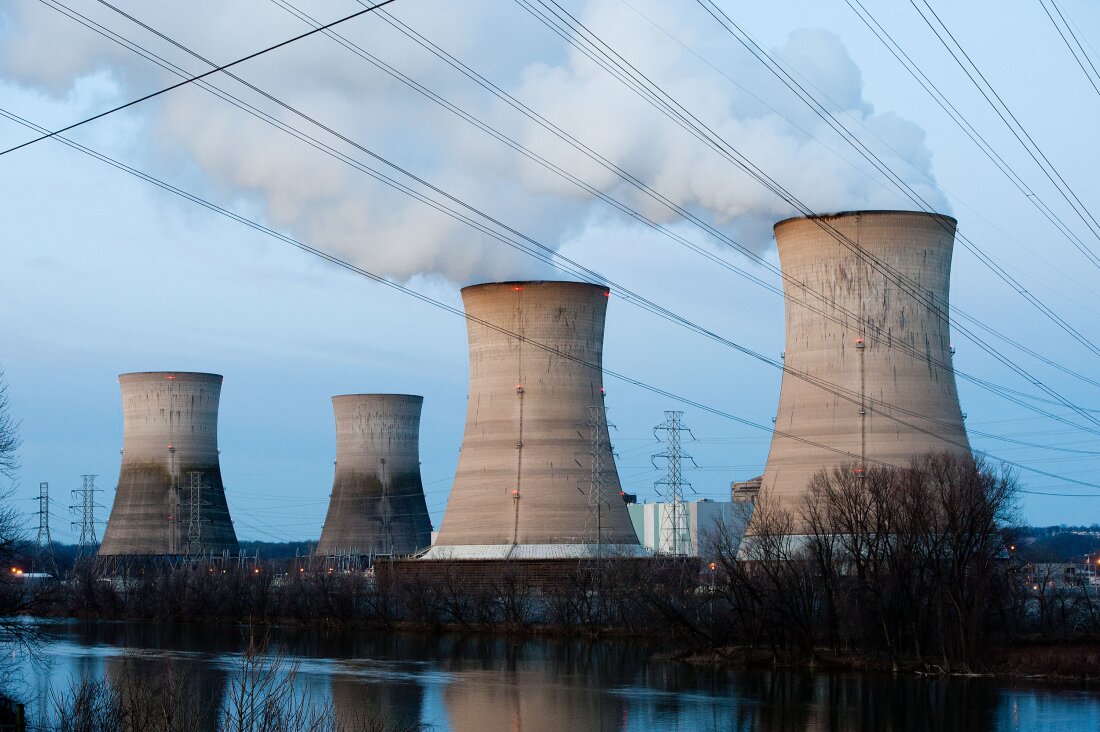Front-line states on NATO’s borders with Russia are getting ready for a possible confrontation. In January, the defense ministers of Latvia, Lithuania, and Estonia agreed to build a network of fortifications to deter and defeat a potential Russian incursion in northeastern Europe. Estonia, with 210 miles of border with Russia, plans to build around 600 bunkers to prevent a hypothetical invasion and occupation by Moscow. This project is estimated to cost 60 million euros ($64.7 million). Susan Lilleväli, the undersecretary for defense readiness at the Estonian Defense Ministry, emphasized the need for physical installations in addition to equipment, ammunition, and manpower to efficiently defend the countries. She also mentioned the importance of avoiding military conflict in the region and how similar fortification measures have played a significant role in historical wars in the region, such as in Finland. Plans for the fortifications will include coordination with Latvia and Lithuania to ensure comprehensive defense in the region.

The small Baltic states have long been considered likely targets should President Vladimir Putin decide to launch an attack on NATO. NATO’s multinational Enhanced Forward Presence battalions deployed to the Baltic states were formerly seen as a “trip-wire” force, designed to draw allied nations into the conflict rather than to stop a Russian invasion force. The devastating invasion and occupation of Ukraine in 2022 led to a strategic shift for the alliance as Baltic states observed the consequences for Ukraine. This new defensive line aligns with NATO’s updated forward defense posture and deterrence by denial approach, aiming to defend every inch of allied territory at all times. Coordination with Latvia and Lithuania is crucial to avoid any security loopholes in the region. Lithuania will focus on the Suwałki Gap, while Estonia’s fortifications will be focused around the border crossing points of Narva and Võru. The aim is to ensure readiness “to fight the enemy from the first meter and first hour” and prevent the enemy from advancing rapidly in the territory of Baltic countries.

Estonia’s plan includes the construction of 600 bunkers that will be supplied via nearby stockpiles of equipment and ammunition. These bunkers will be 35 square meters (377 square feet) and designed to hold 10 troops each, along with equipment and gear. The bunkers are intended for soldiers to live in for periods and provide protection against the enemy’s artillery shells. “Strongholds” will be made up of several smaller bunkers grouped together. The main objective is to find ways to stop the advance of Russian armored units, especially at the edge of borders.

All NATO nations have been studying the performance of the Russian military in Ukraine to gather valuable information on the strengths and weaknesses of Moscow’s units. Estonia’s bunker network will take this into account, aiming to protect its forces against potential artillery threats.














